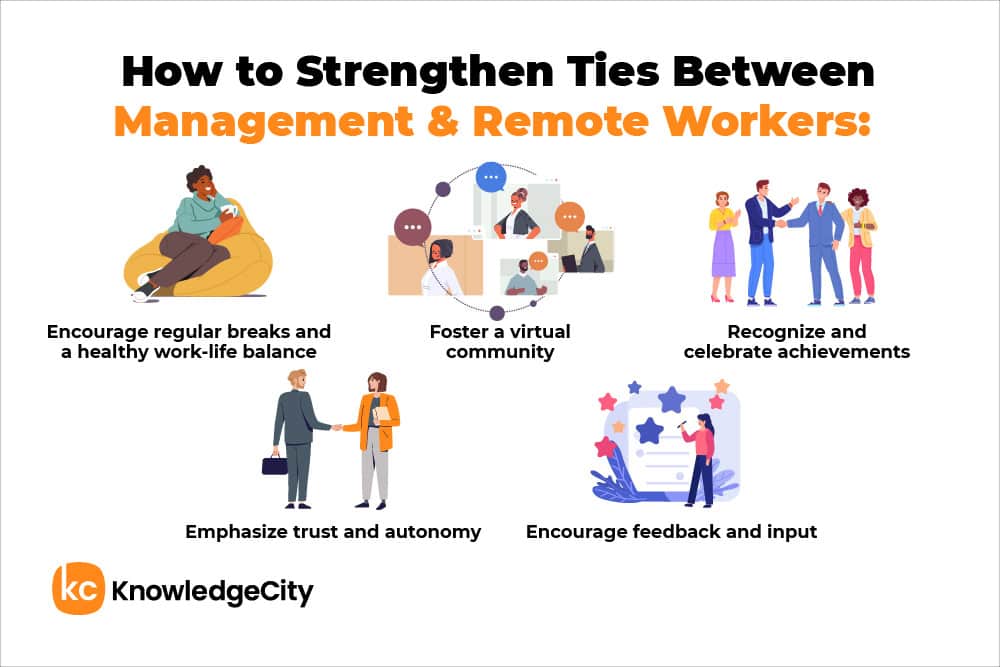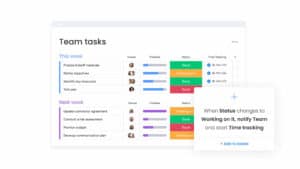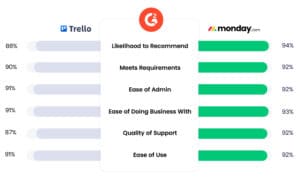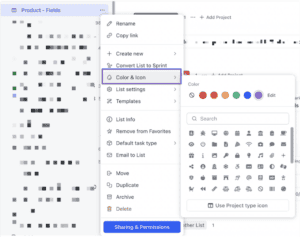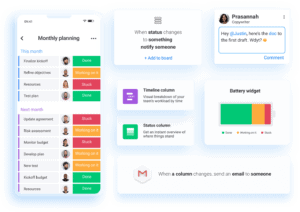Mastering Remote Team Management: Best Practices and Tools
Remote work has become the norm for many businesses, and managing a remote team effectively is crucial for maintaining productivity and keeping employees engaged. Remote team management comes with its own unique set of challenges, but with the right strategies and tools, you can create a highly productive and cohesive team, no matter where your employees are located. In this article, we’ll explore best practices for managing a remote team, how to keep communication flowing, and the essential tools every manager should consider.
Why Remote Team Management Matters
Managing a remote team requires more than just overseeing daily tasks from afar. With team members spread across different locations and time zones, maintaining clear communication, fostering collaboration, and ensuring accountability are paramount. Without a solid strategy for remote team management, businesses risk lower productivity, disengagement, and burnout.
Best Practices for Managing a Remote Team
1. Clear Communication is Key
The foundation of any successful remote team is communication. Without face-to-face interactions, it’s easy for miscommunication to occur. Set clear expectations for how and when communication should take place. Regular check-ins and open communication channels can help foster transparency.
- Tip: Use a combination of synchronous (e.g., video meetings) and asynchronous (e.g., messaging apps) communication to keep everyone aligned.
2. Set Clear Expectations
In a remote environment, employees can feel disconnected if they’re unsure of what’s expected of them. Setting clear goals, deadlines, and deliverables helps employees stay focused. It’s also important to establish accountability measures so team members know how their performance will be evaluated.
- Tip: Use project management tools to set tasks and track progress, ensuring that everyone is aware of their responsibilities and timelines.
3. Promote Team Collaboration
One of the challenges of remote work is fostering collaboration when team members aren’t physically in the same space. However, with the right tools and a culture of collaboration, remote teams can be just as productive as in-office teams.
- Tip: Encourage the use of collaborative tools like Google Workspace, Slack, or Microsoft Teams to make it easy for employees to work together on shared projects.
4. Prioritize Employee Well-Being
Remote work can sometimes lead to feelings of isolation or burnout. It’s important to check in on your team’s well-being regularly. Encourage breaks, respect work-life balance, and offer mental health support when needed.
- Tip: Implement wellness programs or schedule non-work-related team-building activities to keep morale high.
5. Use the Right Tools
The success of managing a remote team often comes down to having the right tools in place. Tools for communication, collaboration, project management, and time tracking are essential to keeping everyone on the same page.
- Tip: Evaluate your team’s needs and invest in tools that streamline workflows, foster communication, and provide clear visibility into projects and tasks.
Essential Tools for Remote Team Management
1. Slack
Slack is a popular messaging platform that allows teams to communicate in real-time. With channels for different topics, direct messaging, and integrations with other tools, Slack keeps communication organized and efficient.
2. Trello
Trello is a project management tool that uses boards, lists, and cards to help teams stay on top of tasks. It’s simple to use and makes it easy to see the status of each project at a glance.
3. Asana
Asana is another project management tool designed to help teams organize, track, and manage their work. It offers robust task management features, making it easy to assign tasks, set deadlines, and monitor progress.
4. Zoom
Zoom is the go-to tool for virtual meetings and video calls. It offers high-quality video conferencing, screen sharing, and recording options, making it ideal for team meetings, presentations, and one-on-one check-ins.
5. Google Workspace
Google Workspace (formerly G Suite) offers a suite of cloud-based tools for email, document creation, storage, and collaboration. With apps like Google Docs, Sheets, and Drive, remote teams can easily share and collaborate on documents in real-time.
6. Time Doctor
Time Doctor is a time-tracking tool designed to help remote teams stay productive. It tracks time spent on tasks and projects, making it easier to ensure accountability and manage workloads effectively.
7. Basecamp
Basecamp is an all-in-one project management and team collaboration tool. It offers message boards, to-do lists, scheduling, document storage, and real-time group chat features, making it a great option for managing remote teams.
How to Foster a Strong Remote Team Culture
1. Encourage Regular Check-Ins
Regular check-ins, whether daily or weekly, help keep the team connected and aligned. These meetings don’t have to be long, but they should offer a platform for discussing progress, challenges, and upcoming priorities.
2. Recognize and Celebrate Achievements
Remote employees can sometimes feel undervalued if their work isn’t recognized. Make an effort to celebrate milestones, individual achievements, and team successes. Recognizing hard work keeps morale high and shows employees that their contributions are valued.
3. Provide Opportunities for Growth
Just because your team is remote doesn’t mean they should miss out on development opportunities. Provide training, encourage skill development, and create opportunities for career advancement. Investing in your employees’ growth shows you’re committed to their long-term success.
4. Create Opportunities for Social Interaction
Building relationships in a remote team requires intentional effort. Virtual happy hours, online games, or even casual chats can help team members get to know each other better and foster a sense of camaraderie.
Conclusion: Lead Your Remote Team to Success
Managing a remote team effectively requires thoughtful planning, clear communication, and the right tools. By fostering a strong team culture, setting clear expectations, and investing in the right resources, you can ensure your team remains productive and engaged, no matter where they are located.
FAQs
How do I maintain communication with a remote team?
Utilize a mix of tools such as Slack for messaging, Zoom for video calls, and project management platforms like Asana or Trello for task tracking and updates.
What’s the best tool for managing remote team projects?
Asana and Trello are popular choices for project management. Both tools offer task assignment, progress tracking, and collaboration features to keep your team organized.
How can I prevent burnout in remote teams?
Encourage a healthy work-life balance, schedule regular check-ins to discuss well-being, and offer resources for mental health support. Make sure to recognize achievements to keep morale high.
What’s the best way to track productivity in a remote team?
Tools like Time Doctor and Toggl help track time spent on tasks, offering insights into productivity levels and helping managers ensure accountability.
How can I foster collaboration in a remote team?
Use collaboration tools like Google Workspace or Microsoft Teams to encourage real-time document sharing and group work, and schedule regular virtual meetings for brainstorming sessions.
Keywords: remote team management, remote work tools, managing remote teams, team collaboration, project management tools, time tracking tools, virtual team management, communication tools for remote teams

